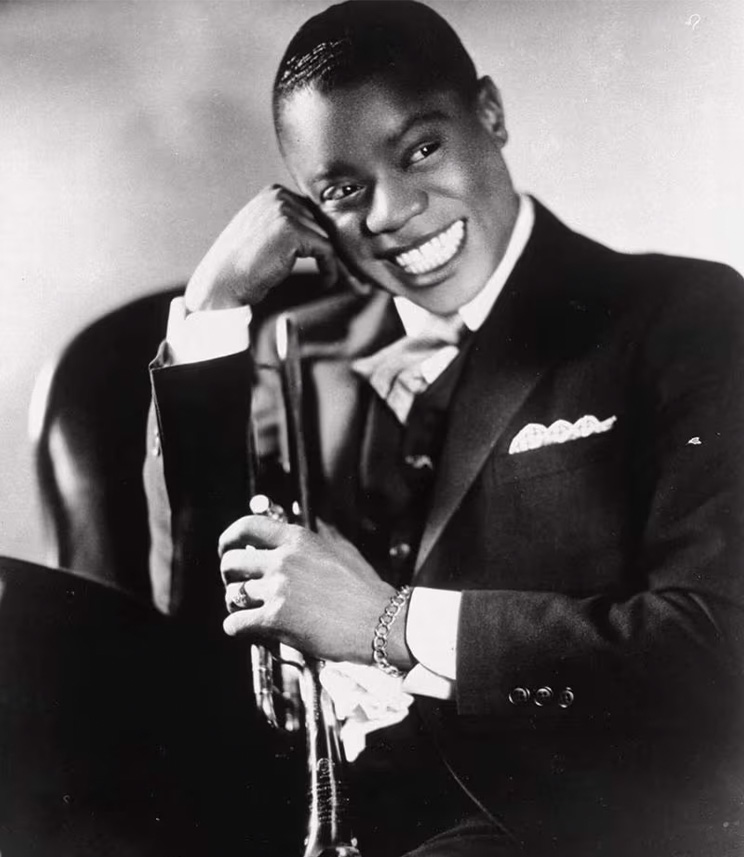This blog post covers the early life of Louis Armstrong, setting the stage for his rise to fame. The subsequent posts will explore his career growth, international fame, acting endeavors, and enduring legacy. Each phase of his life offers a unique perspective on this remarkable musician's journey.
The Early Years of a Jazz Legend
Louis Armstrong, affectionately known as "Satchmo" or "Pops," was born on August 4, 1901, in the heart of New Orleans, Louisiana. His birthplace was no coincidence; it was the cradle of jazz, a genre that he would later revolutionize.
A Rough Start
Armstrong’s childhood was steeped in hardship. Born to William Armstrong, a factory worker, and Mary Ann Albert, he grew up in Jane Alley, notorious for its poverty and crime. Despite the challenges, these streets, vibrant with the rhythms of blues and the melodies of jazz, were where Armstrong's musical journey began.
The Cornet That Changed Everything
Armstrong’s first significant encounter with music came at the Colored Waifs Home for Boys. Sent there at the age of eleven after firing a pistol in the air during a New Year’s Eve celebration, he found a silver lining in this disciplinary action. At the home, he was introduced to the cornet, and it was love at first note. Under the guidance of Peter Davis, the home’s bandmaster, Armstrong honed his innate musical talent.
Mentorship Under King Oliver
Leaving the home at fourteen, Armstrong set out to make a living. He found a mentor in Joe "King" Oliver, a prominent cornet player and bandleader in New Orleans. Oliver’s influence was pivotal, providing young Armstrong with invaluable lessons in musicianship and performance.
The Birth of a Jazz Icon
Armstrong’s natural talent and the unique environment of New Orleans, a melting pot of musical styles, shaped his early style. He absorbed the sounds around him – from blues to ragtime – and began developing what would become his signature approach to jazz. He started playing in local clubs and dance halls, quickly gaining a reputation for his charismatic performances and innovative cornet playing.
Conclusion: The Foundation of a Legend
This phase of Louis Armstrong’s life laid the foundation for a legendary career. From the streets of New Orleans to the Colored Waifs Home, every experience contributed to the making of a musical icon. His early years were not just about overcoming adversity but about embracing the rich cultural tapestry of his surroundings, which would eventually lead him to become one of the most influential figures in the world of jazz.


